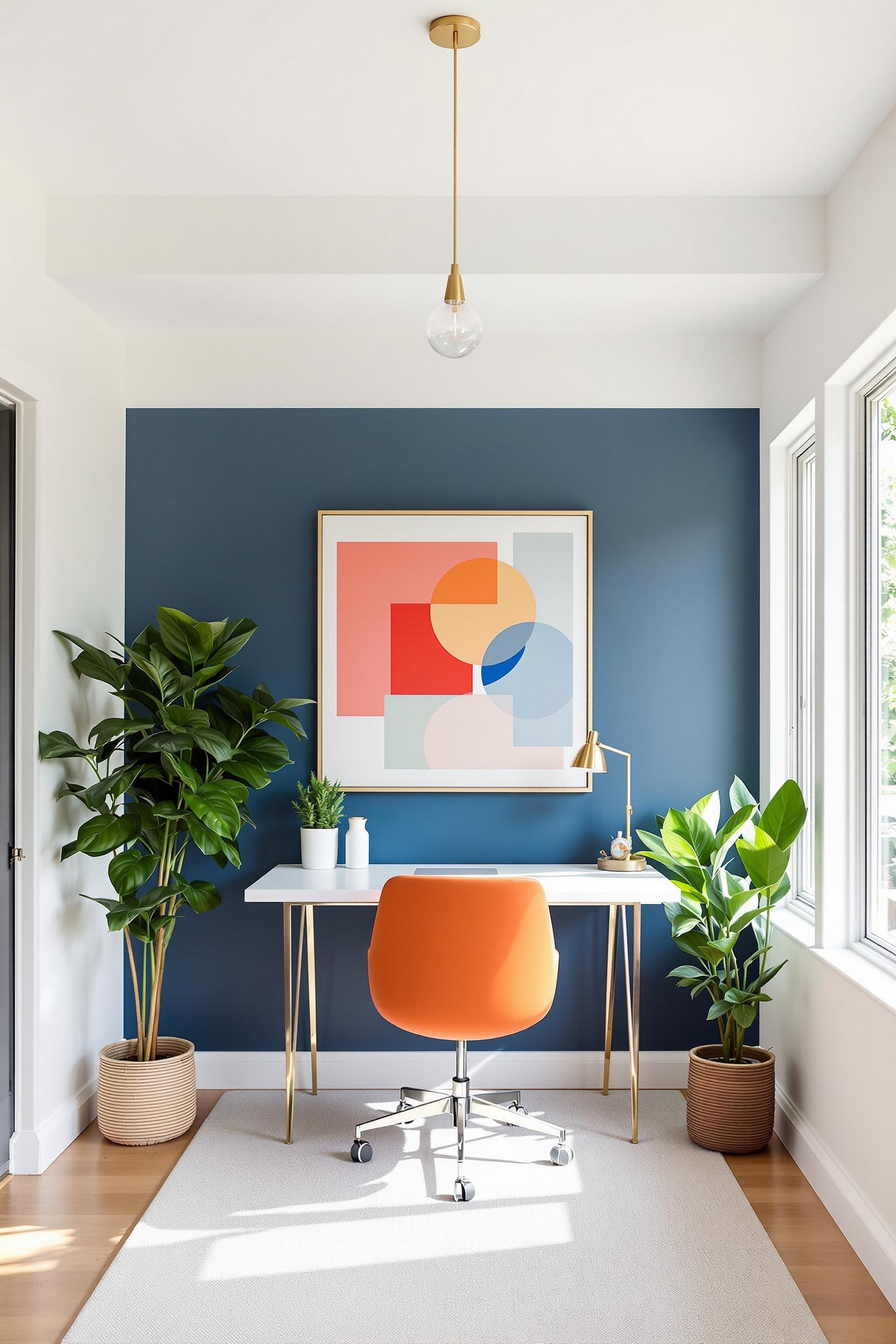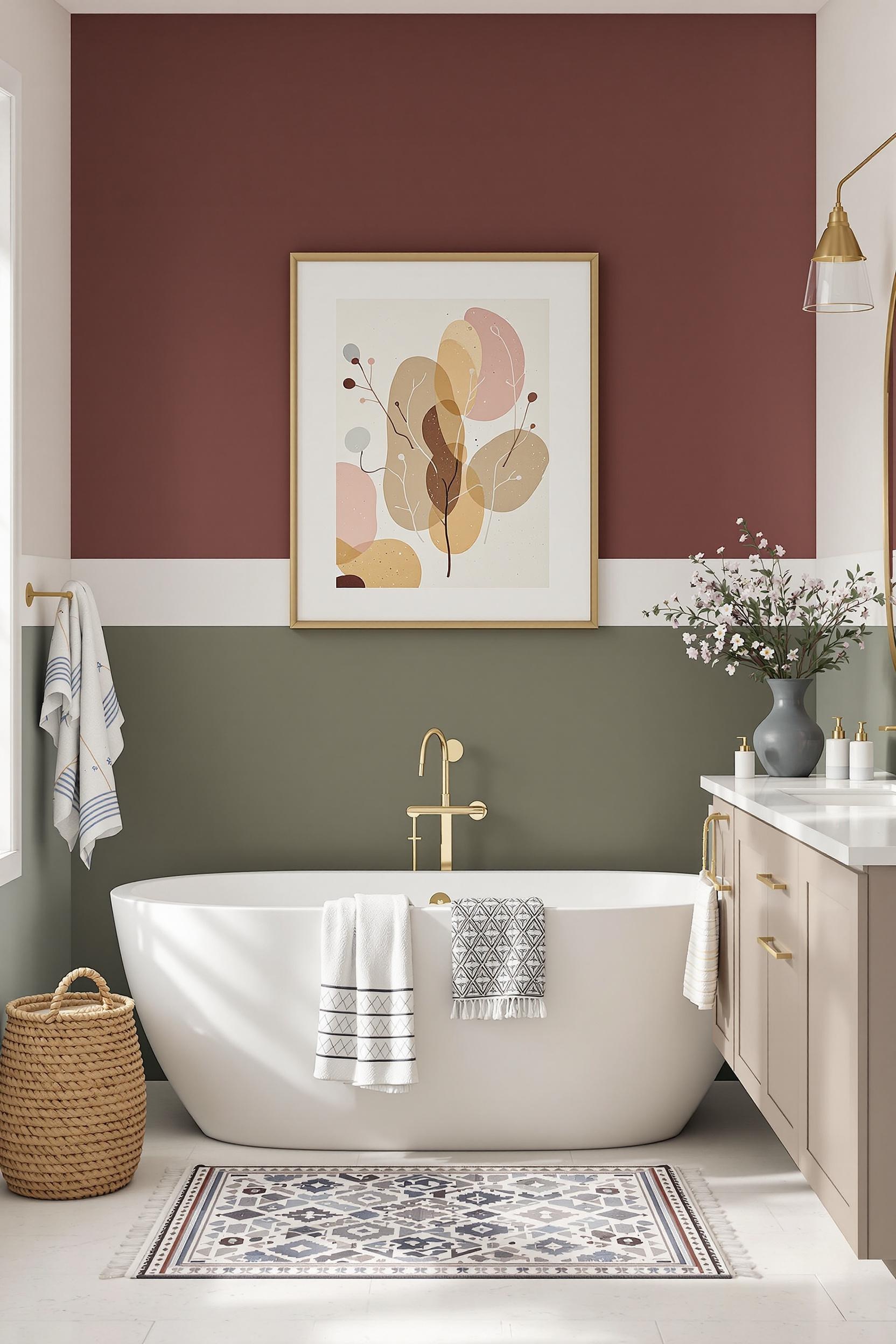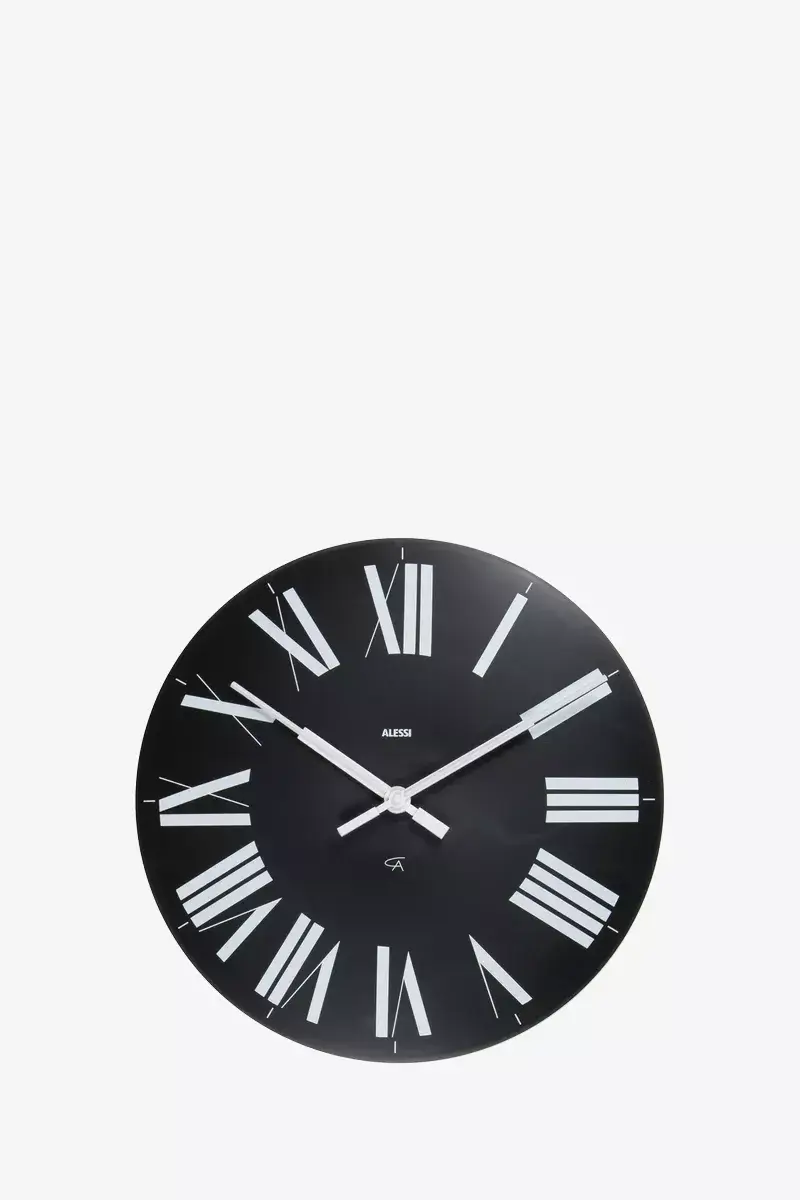
Color Blocking in Minimalist Interior Design for a Mini Mansion
Have you ever walked into a space so beautifully balanced that it felt both calm and energizing? That’s the magic I aim to create through minimalist color blocking interior design for mini mansions. By strategically placing bold colors in neutral spaces, you can transform your home in ways that are elegant, modern, and deeply personal. Whether you’re looking to define open spaces, elevate your layout, or create emotional resonance in each room, color blocking offers innovative spatial transformation strategies to help you succeed.
What is Minimalist Color Blocking?
At its core, color blocking for minimalists is about using large, clean blocks of color to define zones and add visual interest without cluttering the space. The principles align perfectly with minimalist interior design, which focuses on clarity, order, and functionality. Rather than using lots of decorative elements, I choose bold hues in limited numbers to guide mood and support the function of each room.
According to KunstLoft’s guide on color blocking, limiting your space to two or three complementary tones preserves harmony and prevents overstimulation—especially important in luxury minimalist mansion spaces where serenity is often the end goal.
Top Paint Color Combinations for 2025
In upcoming trends, soft neutrals like dove gray and off-white serve as ideal backdrops for saturated accents. Some of my favorite updated combinations from the top paint ideas for 2025 include pairing:
- Emerald green with creamy white walls
- Mustard yellow against cool gray
- Sapphire blue with beige or taupe
These combinations bring energy and emotion into the space while maintaining minimalist aesthetics. Selecting the right palette is step one in mastering luxury minimalist color block design.
Strategic Color Placement Techniques
To succeed with strategic color placement techniques, think of color as architecture. Use vertical blocks to elevate ceilings and horizontal blocks to widen a room or break up large open-concept spaces. As outlined in Vertical Color Magic, I often apply deep tones from floor to ceiling along narrow wall spaces to visually stretch the room.
Want to create room distinctions without building walls? Color zoning magic is your answer. I use contrasting colors to define functional areas like cozy reading corners, entertaining spaces, or dining zones. This method is especially practical in large, open mini mansions where physical dividers would disrupt the flow. Color becomes your guidepost, gently delineating every purposeful area of your home.
Room-by-Room Color Blocking in Mini Mansions
Living Room
For the living room of a minimalist mansion, try creating a color block accent wall in muted blue or green. Use geometric precision to draw lines that balance existing furniture and highlight architectural elements. In this guide on transforming your living room, I explore ways to combine natural light and bold blocks to create soothing public spaces ripe for gatherings or quiet reading time.
Bedroom
Bedrooms benefit from softer, nurturing hues. Think soft sage green or dusty rose color blocks that anchor the headboard wall. Vertical placement enhances ceiling height while shaping a tranquil environment. Explore this strategy for color blocking in bedroom design to master calm and intimacy in your sleeping space.
Kitchen and Dining Area
Modern homeowners increasingly crave warmth in minimalist kitchens. A pop of cinnamon or terracotta color on one kitchen wall or under cabinetry adds life. In dining spaces, use deep neutrals as the foundation and layer in one vivid tone—like navy or sunflower yellow—through light fixtures or an accent ceiling. My kitchen color blocking guide provides brilliant inspiration for creating synergy across utility and style.
Home Office
For luxury productivity zones, deep navy, forest green, or muted tones provide energetic yet relaxing vibes. Explore how color transforms home office design through zoning that facilitates focus and flow.
Color Psychology in Minimalist Interiors
Color blocking isn’t just visual—it’s psychological. It communicates emotion and function. As detailed in this revolutionary color guide, certain shades like coral or mustard yellow can spark creativity and sociability, making them ideal for active spaces. Meanwhile, blue promotes calm and order, perfect for bedrooms and offices.
When applied correctly, color blocking with minimalist design turns raw space into emotionally intelligent zones. These are spaces where you feel more productive, more relaxed, and ultimately more yourself.
Geometric Precision and Visual Harmony
Precision is critical in creative color block minimalist interiors. I always stick to clean, hard lines between color zones to preserve the clarity vital in minimalist spaces. Oversaturated color combinations can reduce visual harmony, so I follow a rule: no more than 2-3 hues per space.
The color placement guide with furniture emphasizes coordinating furniture tones with color block zones to enhance functionality and flow. Purposeful alignment is what separates a polished minimalist mansion from a painted one.
Color Blocking in Small or Open-Concept Spaces
Even large mini mansions often have open layouts that benefit from visual zoning. As I explain in this color zoning strategy, soft dividers formed with color create flow and function. An earthy tone can divide a kitchen from living space, while a pastel tone can accentuate hallways or reading spaces.
Color blocking also creates the illusion of expanded or segmented rooms. Vertically oriented color blocks stretch the ceiling, while horizontal bands can make long hallways feel cozier or more expansive. That’s the ingenuity of minimalist geometric color blocking home decor.
Transform Your Mini Mansion: Color Blocking Design Revolution Awaits!
As we conclude our exploration of minimalist color blocking, I’m excited to offer you actionable steps to redesign your mini mansion. This design journey isn’t just about how rooms look—it’s about how they feel.
Design Your Dream Space: Exclusive Expert Guidance
Through consultation and expert resources, I help homeowners like you turn large, empty spaces into visually powerful, psychologically satisfying environments. Whether it’s the kitchen, study, or bedroom, each zone should evoke the right mood.
Personalized Color Blocking Consultation
- Advanced color psychology principles
- Mini mansion-specific spatial mapping
- Luxury minimalist interior design blueprints
Exclusive Design Resources
Access tailored guides and design templates that teach you:
- How to create color block accent walls
- Where to place furniture for emotional alignment
- What color schemes pair best with your architecture
Frequently Asked Questions: Color Blocking in Minimalist Mini Mansions
1. How Can I Successfully Implement Color Blocking in a Minimalist Mini Mansion?
Start with light neutrals like white, gray, or beige. Add 1–2 bold colors in geometric blocks. Let zones emerge through layout and color, not through furniture overload. Use this color wall guide to find clean techniques.
2. What Are the Best Color Blocking Combinations?
The most balanced combinations include soft ivory with emerald, cool gray with mustard, or taupe with sapphire blue. These 2025-approved paint ideas offer a mix of tranquility and boldness.
3. How Does Color Blocking Affect Mood?
Every color feels different. A muted green calms; a bright coral excites. Learn about the emotional power of bold colors to maximize your space’s purpose.
4. Will It Work in Large Open-Concept Spaces?
Absolutely. Especially in mini mansions, where visual dividers are more elegant than physical ones. Try open-plan strategies using bold accent walls or ceiling color blocks to define zones while maintaining openness.
5. What Mistakes Should I Avoid?
Too many colors disrupt harmony. Vague boundaries dull the effect. Never forget the room’s purpose. Select colors that align with emotional functions. Review this furniture placement and color guide for refined execution.
Final Thoughts: The Future of Color Blocking
If you approach color as more than paint, you’re already ahead. You’re crafting emotional stories, architectural flow, and functional elegance in your minimalist mini mansion. Each color block should have a voice—a purpose that supports your life. The result? A home that’s not only beautiful, but meaningful.
Ready to Begin?
Start your color blocking transformation today. Join a community of homeowners designing smarter, calmer, and more stunning spaces.






